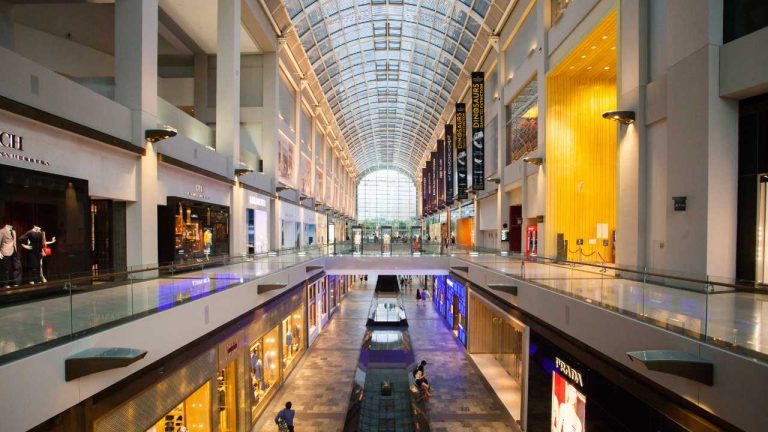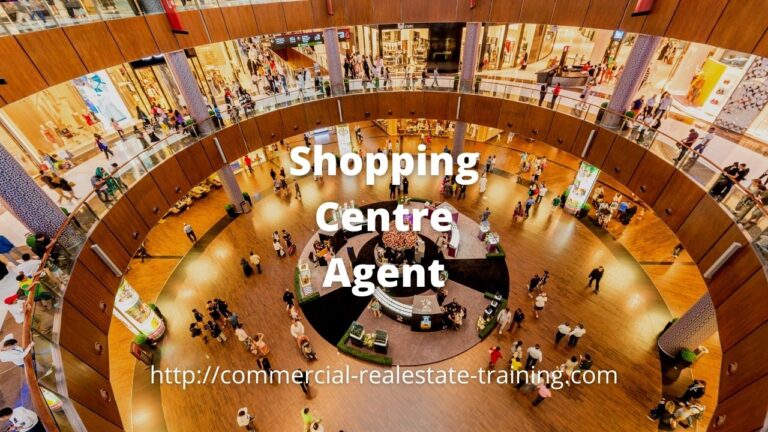Setting the Right Priorities in Retail Shopping Center Tenant Mix Planning
When you are involved in retail property leasing and management, the success of the retail tenant mix really depends on setting the right priorities in annual property planning. Each year the tenant placement and leasing strategy for the asset should involve a few key decisions to match the investment targets of the landlord and the capabilities of the property.
No two retail properties are the same, but many are quite similar so you can learn a lot about tenant mix and tenant strategy by watching the activities, changes, and trends with tenants in other properties. You can look for the strengths and weaknesses of other shopping centres, and then you can replicate the things that matter or offer the most promise to your property and client.
Retail Priorities
Here are some factors that you can track and set priorities for as part of your tenancy planning process:
- Customer Requirements – When you know what your customers are looking for when they shop, it makes the tenant leasing decisions a lot easier. Don’t look at tenant placement as an individual process for finding just one tenant for one vacancy. See the placement of the tenant as a key part of the bigger issues of clustering and merchandise offering within the zone or retail area of the property (that’s why clustering really works). A successful shopping centre is generally created by clustering tenants in key parts of the property. Clusters can be focused in groups satisfying retail needs such as fashion, food, services, sports, entertainment, and communications.
- High Quality Tenants – Some existing tenants will be real ‘draw cards’ from a sales and retail perspective. Who are those tenants and why are they so important to you? They will pull in the customers in a regular way and will allow the clusters of tenants nearby to succeed.
- Anchor Tenants – Watch your anchor tenants and how they are marketing themselves within the customer catchment. Understand the lease terms and conditions of those anchor tenants and then encourage those larger tenants to get involved in the overall marketing of the property.
- Vacancy Expectations – In any larger retail property there will be vacancy factors to manage and minimise. Keep track of upcoming lease expiries and tenant movements. Put some planning into your leasing packages and particularly market rents, incentives, rental types, and permitted uses with any known and upcoming vacancies.
- Best Locations – Some parts of the property will be easier to lease and will create more sales for the retailers. Those top locations will be generating the best rents (or should be). Understand your best shop locations and why that is the case; set strategies in place regards your top shop locations. The better shop locations could be created because of proximity to entrances, nearby anchor tenants, traffic counts, and passing foot traffic numbers.
- Lease Durations and Expire Dates – With any larger property and certainly in the case of retail shopping centres, it pays to watch the upcoming lease expires at least 18 months out from the end date or the option dates. You can then make informed decisions regards tenant movement, removal, relocation, and renovation.
- Market Rental – How does your market rental compare to other properties locally? Do you have rental averages and benchmarks in your property that are key indicators for current rent reviews and negotiations with sitting tenants? Important questions like these help you improve property performance.
- Marketing Plans – Every high quality property should have a marketing plan. In the case of a retail property the marketing plan is twofold. Firstly, you have the marketing associated with the tenant mix, thereby attracting new customers to the property and improving sales. Secondly you have the marketing required to attract new tenants to the property in the case where vacancies are coming up. Both approaches to marketing should be carefully considered in your business planning for the property.
When you understand these issues, the shaping of retail property performance, and the tenant mix strategies take on a whole new momentum. Top retail properties are usually the result of exceptional tenant initiatives and planning processes. Retail is a vibrant property type requiring real effort and specialisation on the part of the agents and brokers across leasing, managing and selling. Are you up to the challenge?





